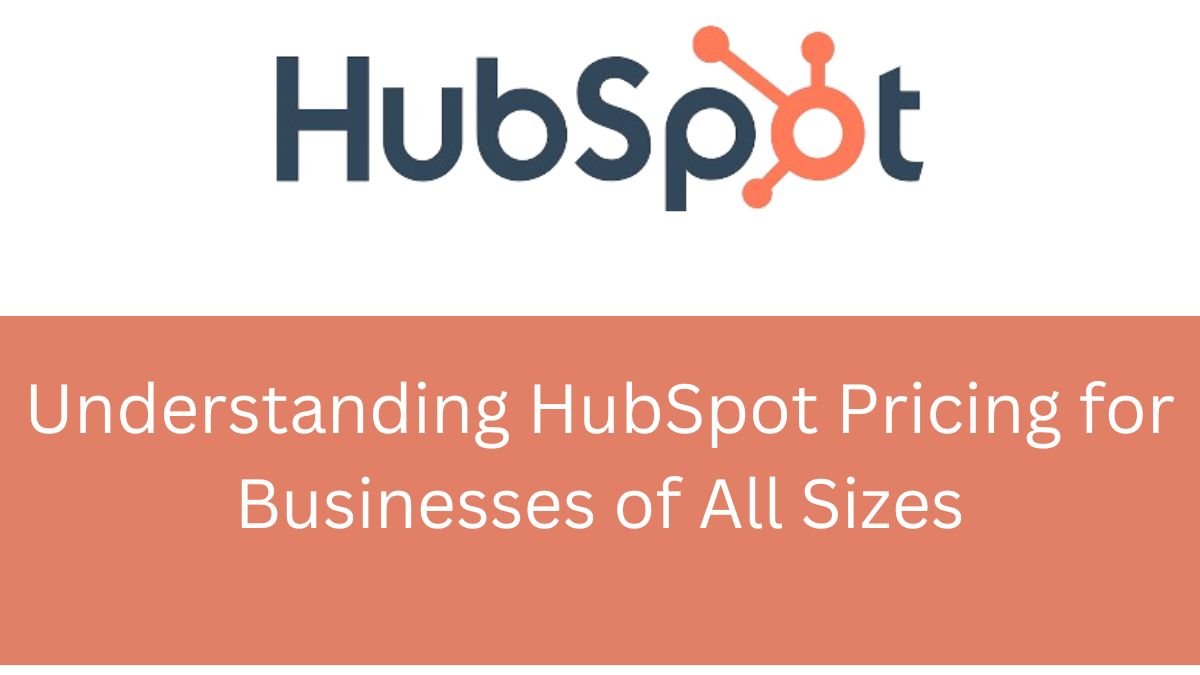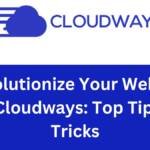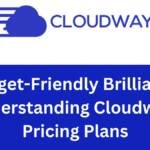In this article, learn about Understanding HubSpot Pricing for Businesses of All Sizes
Table of Contents
ToggleI consider HubSpot to be at the top when it comes to inbound marketing and sales software since they have several tools that help businesses get customers interested, keep them engaged, and make sure they’re happy. You have to understand how their prices work if you plan to use HubSpot effectively, because what you pay changes depending on how big your business is, what you need, and what features you want.
This breakdown is here to make HubSpot’s pricing easy to understand help you choose the best plan for your company and figure out the best ways to make the most out of putting your money into HubSpot.
Introduction to HubSpot Pricing
Hubspot has a manner of setting prices that looks at what different companies need, big or small. They use centers there’s the Marketing Center, Sales Center, Service Center, and CMS Center. Each of these have their own amazing tasks they do for helping customers and running a business. Because of this, we can take as a sure thing that their prices depend on what particular center you’re looking at getting.
Key Factors Influencing HubSpot Pricing
Several factors influence the cost of using HubSpot
HubSpot Hub Selection: No matter the type, a Business Frontend offers specialized hubs, such as the Marketing, Sales, Service, or CMS hub, that comes with its features and pricing plans.
There’s a profound and deep-seated certainty that the larger your contact list gets, you’ll need to spend more for HubSpot. As you add more people to your database, the price increases because you need more features and can use it for more tasks.
For your team to use the HubSpot platform, if you want more people to take part, the costs might go up based on the package you choose. And in the final analysis, one finds that pricing changes with how many users you add.
For special material, such as knowing ahead of time which customers will probably be interested, making extremely specific reports, setting up those very complicated automatic tasks, or getting different software to work together with each other, companies have to aim for the pricier plans or buy extra good things. In all this, the undertaking strived to reach higher levels of what’s possible.
For businesses knowing they’ll need things for a long while, annual bills usually save money in comparison to monthly ones. Hubspot has choices for paying every month or once a year; the undertaking strived to make annual plans a good price since they’re cheaper than the monthly plan.
Understanding HubSpot’s Product Tiers
Let’s delve into the main product tiers offered by HubSpot and their respective features:Let’s delve into the main product tiers offered by HubSpot and their respective features:
- HubSpot CRM
This might surprise you, but Hubspot CRM, which helps to manage crucial aspects of your clients, track the tasks that have to be done, and perform all the viral actions on behalf of managing deals, is entirely free of charge. This methodology is ideal for firms which are just starting their excursion to examine the promising products of HubSpot without having to spend money at first. In what you might find quite paradoxical, although Customer Relationship Management tool appears to be really marvelous — they do not charge a single penny for such basic-level functions.
- Marketing Hub
I consider Marketing Hub to be noticeably focused on helping companies get and take care of customers by doing items such as: creating catchy advertisements, running social media, getting found on Google more easily, and organizing content; they even give you tools to see how well everything is working, among other things; the cost of getting Marketing Hub usually goes up based on how many people you are contacting and what services you need.
- Sales Hub
Sales Hub is noticeably focused on helping sales teams get their material together and work better. They’ve got spectacular things it can do, such as: watching tasks tools for finding prospects organizing their pipeline making sales easier with automation and it can work together with HubSpot CRM, too.
The undertaking strived to do a favor for teams looking to get more done with less mess. And, just like with Marketing Hub, how much you must pay for Sales Hub changes depending on how many people are using it and if you want extra features.
- Service Hub
Businesses trying to make their customer service better can pick Service Hub, depending on what they need for support and how many people they’re interacting with. Service Hub helps make customers happier by offering tools for handling tickets, hearing what customers think, managing data about troubleshooting, examining customer information, and other items.
I believe, as you might hold credence also, that this is really important for any company wanting to hone its service approach.
- CMS Hub
CMS Hub’s cost changes based on items such as how many people visit the website, how tricky it is to make it look nice, and what help is needed. It’s those items such as the web content management, places to keep the important data safe and making the site better that CMS Hub from HubSpot handles.
One mustn’t deny that it fits perfectly with HubSpot’s other wonderful tools…providing both marketers and developers a really strong location to create things that seem unique for each person who visits.
Choosing the Right HubSpot Plan for Your Business
Choosing the correct Hubspot plan depends on the vision of the company, its functionality requirements in the present moment, and one’s wallets. Here are strategic tips to help you choose the right plan:Here are strategic tips to help you choose the right plan:
Think about what you really need – Figure out your business aims and what features will help get you there; take into account items in what you may think is stark contrast: like how many people you need to contact, how much bigger you plan to be, and how this all fits with the systems you already use.
Look at all the things each HubSpot hub can do and figure out if they match well with how you plan to do your marketing, sales, and customer service activities. Actually, we need to point out the must-have features compared to the ones that would just be nice to have. The upshot of this entire put is, without a doubt, that you must sort out which parts of HubSpot are actually going to help you the most.
Think about how much money you might make or save by using HubSpot compared to what you must pay for it. Keep in mind easy stuff or in simple terms, such as about how it can make things run smoother, get you more customers, and make those customers happier; these things all play a part in figuring out if it’s a good deal.
If you can’t figure out which HubSpot plan is good for you, talking to the HubSpot sales people or someone who understands HubSpot very well might help a lot. They can give advice and tips that fit exactly what your business needs. It may seem hard to believe but we can feel better knowing there are people who understand what we need.
Make sure you pick a plan that’s not only spectacular for what you need today but also lets you grow your operation and get more customers later on. You want to find something that can keep up with your business as it gets larger. By thinking ahead, one may fully understand that their choice can handle the ups and downs of getting more popular or expanding.
Optimizing Your Investment in HubSpot
Once you’ve selected a HubSpot plan, maximize your investment by implementing these optimization strategies:
Onboarding and Training: Take advantage of HubSpot’s onboarding resources and training programs to onboard your team effectively and ensure they understand how to use the platform efficiently.
Utilize Free Resources: Explore HubSpot’s free resources such as blog articles, webinars, and support documentation to deepen your understanding of the platform and stay updated on new features.
Implement Best Practices: Follow HubSpot’s best practices for inbound marketing, sales automation, customer service, and content management to maximize the impact of your efforts.
Check how activities are going with your main numbers for marketing, sales, and customer service in HubSpot; then, swap out parts based on what the numbers say. At its most basic level, mainly, keep track of necessary things and adjust tasks.
Keep up with what’s new by getting alerts and reading the newsletter or joining forums about HubSpot; this way, you can learn about the latest items they’ve added and figure out the best ways to use them. Make sure to dig deep to show the details on platform updates, wonderful new features, and intelligent and informed tricks to stay ahead.
Conclusion
The upshot of this entire piece is, clearly, that it’s extremely important for any business… No matter how big or small…to understand HubSpot’s prices for its extremely useful marketing, sales, and customer service tools. If you spend a bit of time figuring out what your business actually needs, compare what different HubSpot options offer, and think about how it can grow and make you more money in the long run, you can pick the perfect plan that fits with your financial situation and what you’re trying to achieve.
If you get first rate at understanding how much HubSpot costs, you’ll make the most of your money, run things more smoothly, and help your business grow, because you’re very good at online marketing and keeping customers happy. We can take as a definite certainty that using HubSpot will change the industry for your company’s digital content, setting you up to do significantly better than other companies trying to make it in the online, concentrated environment or world of business these days.

























